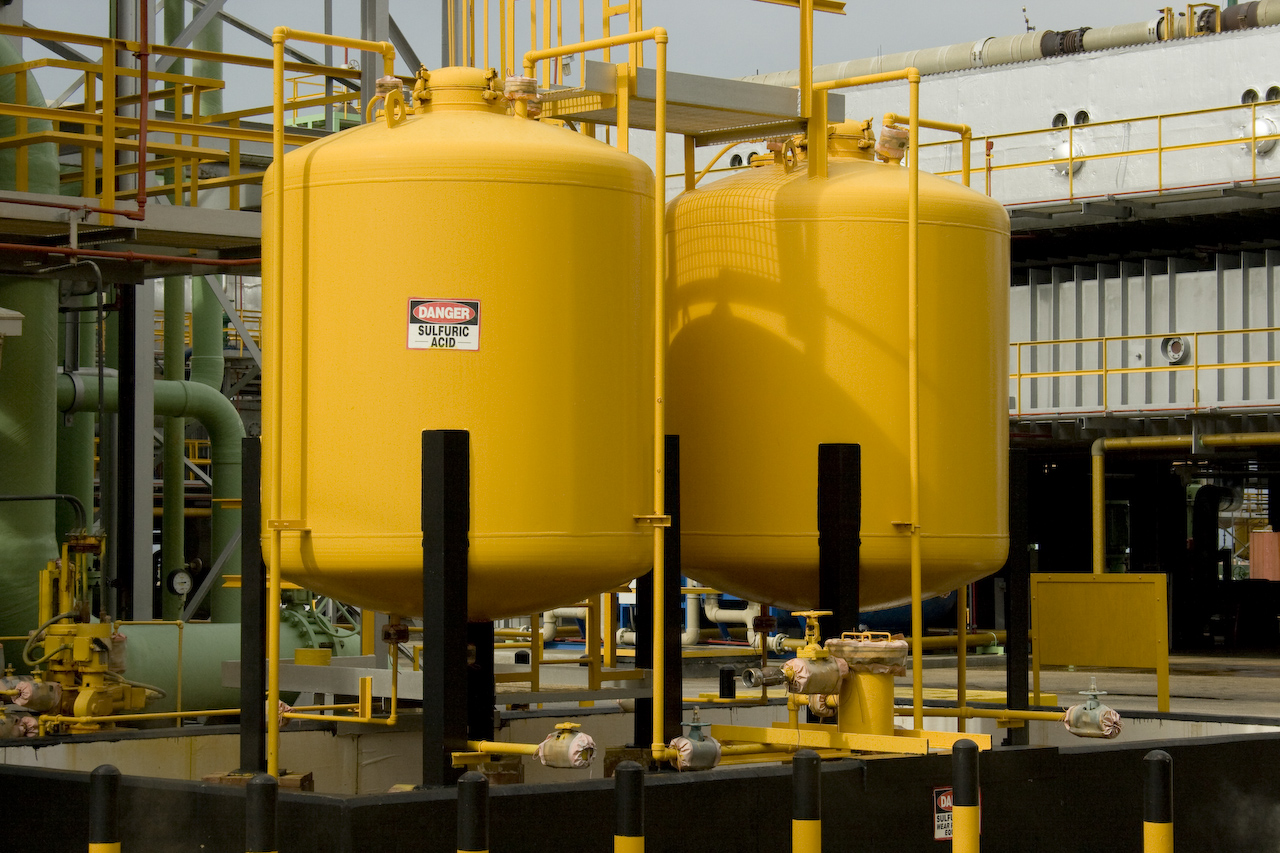Dear EarthTalk: With all the talk of desalinization of ocean water for drinking, what do we know about the impacts this might have on climate, ocean salinity and other natural processes?
— Fred Kuepper, via e-mail
 Due to its high cost, energy intensiveness and overall ecological footprint, most environmental advocates view desalinization (or desalination)—the conversion of salty ocean water into fresh water—as a last resort for providing fresh water to needy populations. Sourcing fresh water from streams, rivers, lakes and underground aquifers and adhering to strict water conservation measures are much more viable for both economic and environmental reasons in most situations, although some desert regions with thirsty and growing populations may not have many such options.
Due to its high cost, energy intensiveness and overall ecological footprint, most environmental advocates view desalinization (or desalination)—the conversion of salty ocean water into fresh water—as a last resort for providing fresh water to needy populations. Sourcing fresh water from streams, rivers, lakes and underground aquifers and adhering to strict water conservation measures are much more viable for both economic and environmental reasons in most situations, although some desert regions with thirsty and growing populations may not have many such options.
The relationship between desalinization and climate change is complex. Global warming has increased droughts around the world and turned formerly verdant landscapes into near deserts. Some long held fresh water sources are simply no longer reliably available to hundreds of millions of people around the world.
Meanwhile, expanding populations in desert areas are putting intense pressure on existing fresh water supplies, forcing communities to turn to desalinization as the most expedient way to satisfy their collective thirst. But the process of desalinization burns up many more fossil fuels than sourcing the equivalent amount of fresh water from fresh water bodies. As such, the very proliferation of desalinization plants around the world—some 13,000 already supply fresh water in 120 nations, primarily in the Middle East, North Africa and Caribbean—is both a reaction to and one of many contributors to global warming.
Beyond the links to climate problems, marine biologists warn that widespread desalinization could take a heavy toll on ocean biodiversity; as such facilities’ intake pipes essentially vacuum up and inadvertently kill millions of plankton, fish eggs, fish larvae and other microbial organisms that constitute the base layer of the marine food chain. And, according to Jeffrey Graham of the Scripps Institute of Oceanography’s Center for Marine Biotechnology and Biomedicine, the salty sludge leftover after desalinization—for every gallon of freshwater produced, another gallon of doubly concentrated salt water must be disposed of—can wreak havoc on marine ecosystems if dumped willy-nilly offshore. “For some desalinization operations,” says Graham, “it is thought that the disappearance of some organisms from discharge areas may be related to…the salty outflow.”
Of course, as supplies of fresh water dwindle, the economic cost of desalinization—especially in coastal areas with easy access to ocean water—begins to look competitive with traditional water sourcing. To date there are about 300 desalinization plants in the United States, with 120 in Florida and less than 40 each in Texas and California. Some 20 additional plants are planned for the coast of California in the coming years, unless environmentalists extolling the virtues of conservation and wielding low-flow shower heads and toilets prevail.
CONTACT: Scripps’ Center for Marine Biotechnology and Biomedicine, www.cmbb.ucsd.edu.
GOT AN ENVIRONMENTAL QUESTION? Send it to: EarthTalk, c/o E/The Environmental Magazine, P.O. Box 5098, Westport, CT 06881; submit it at: www.emagazine.com/earthtalk/thisweek/, or e-mail: [email protected]. Read past columns at: www.emagazine.com/earthtalk/archives.php








